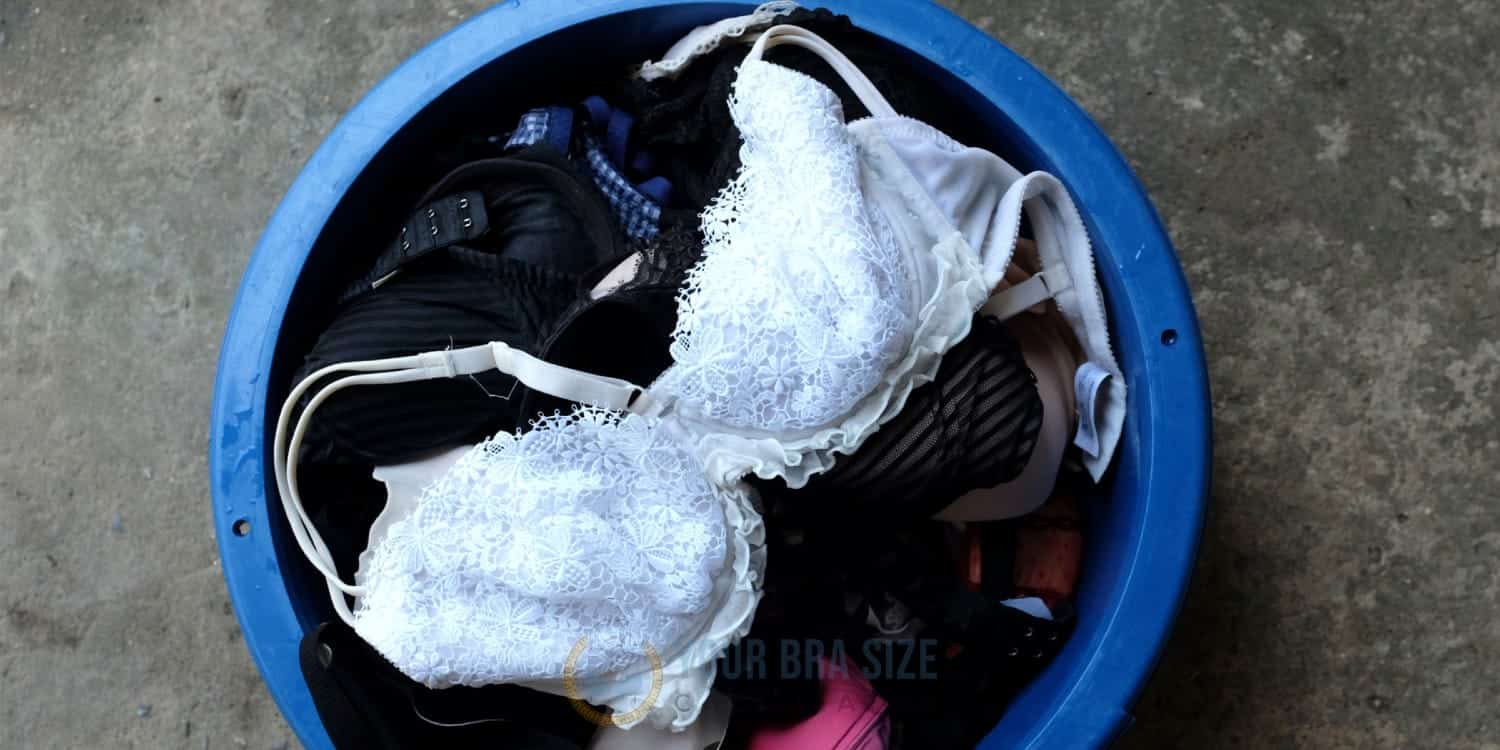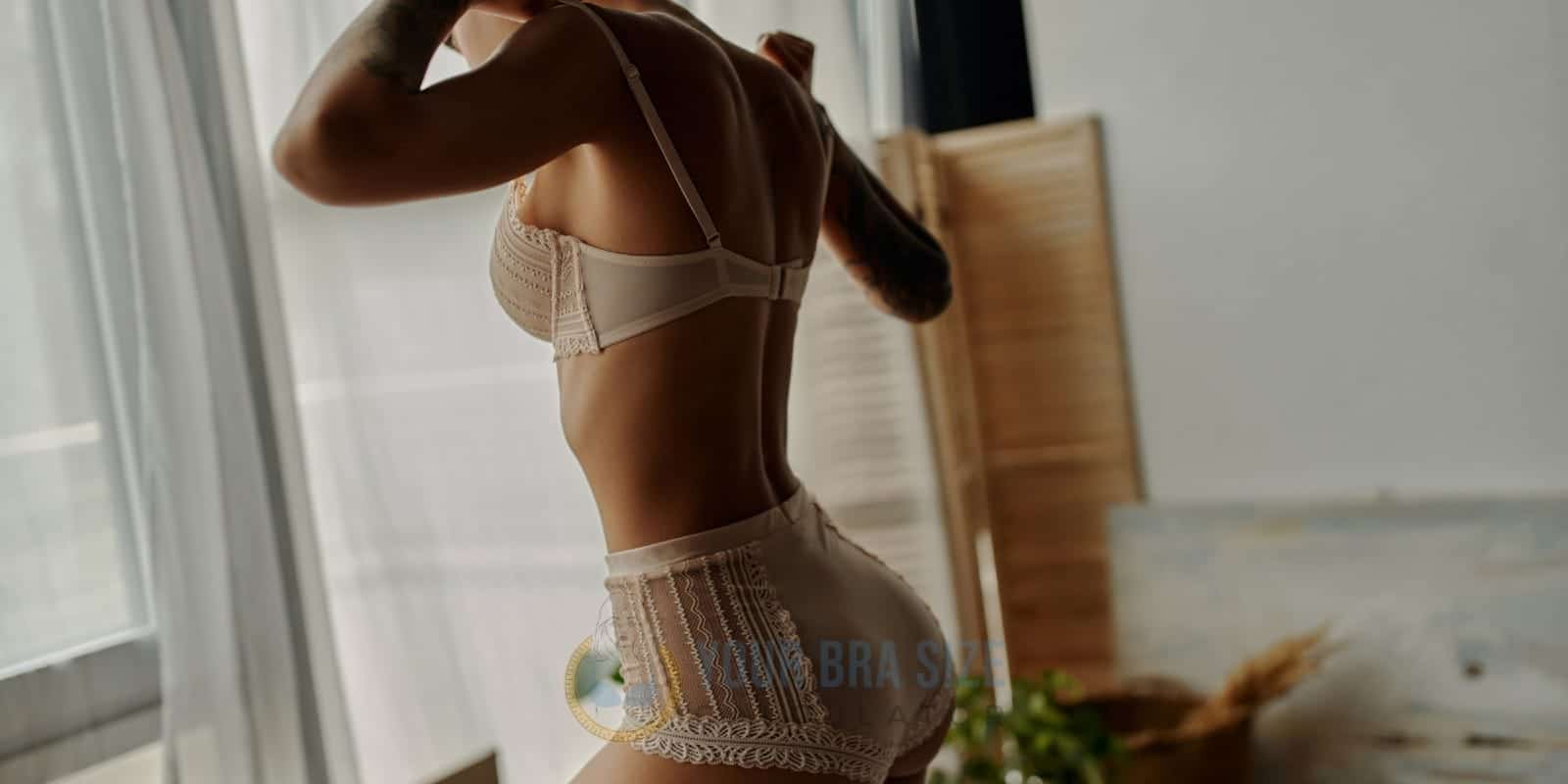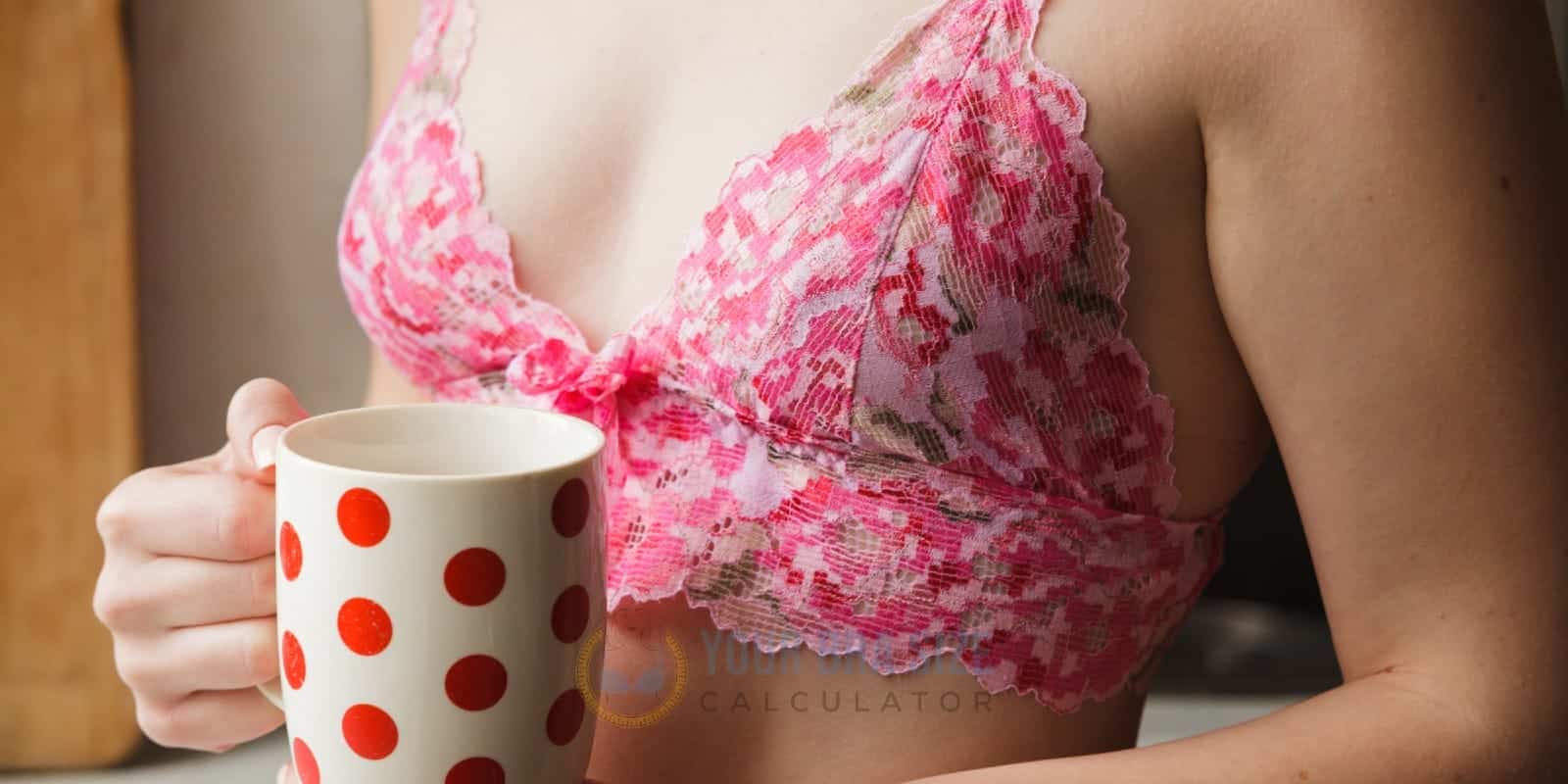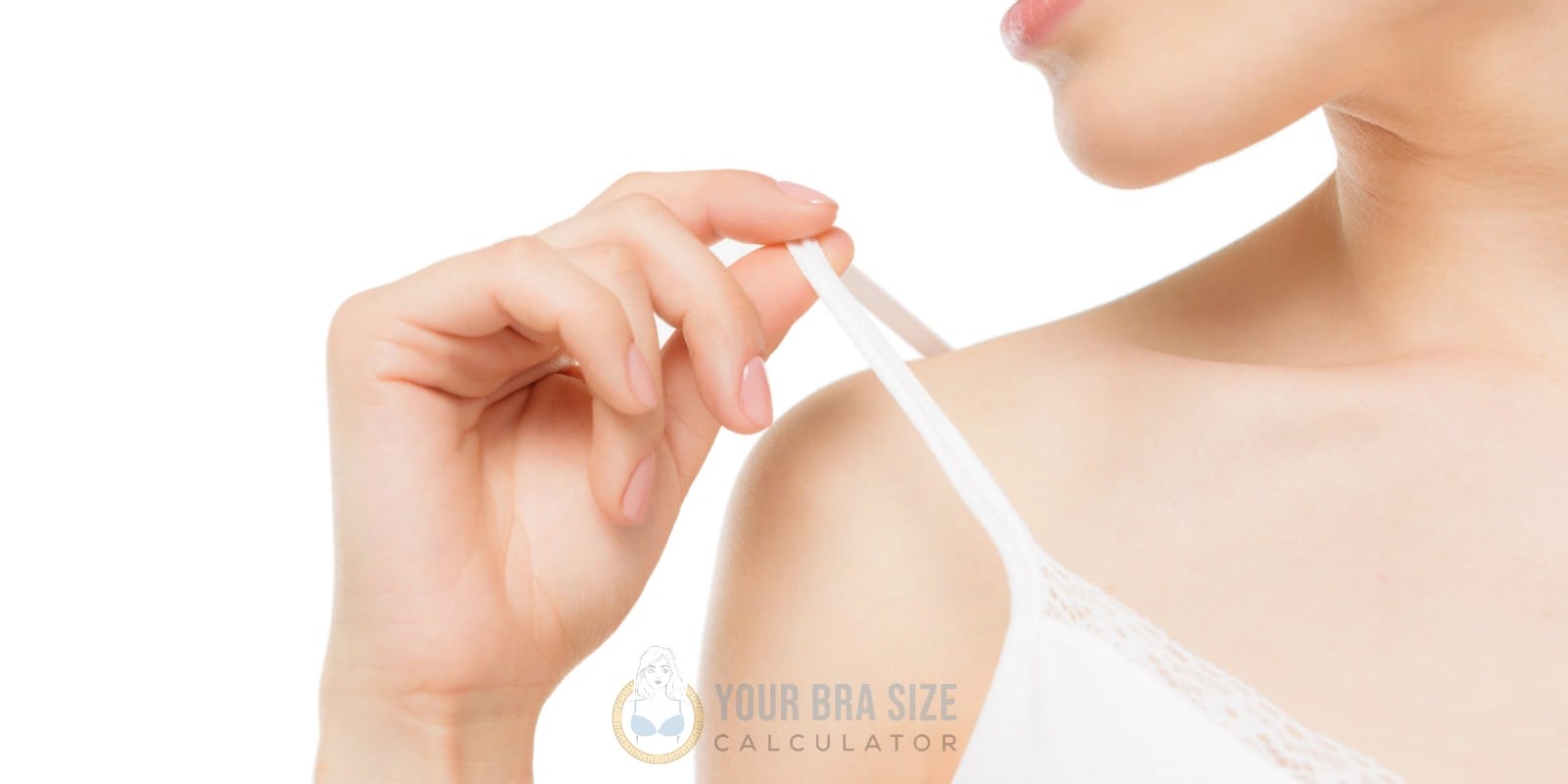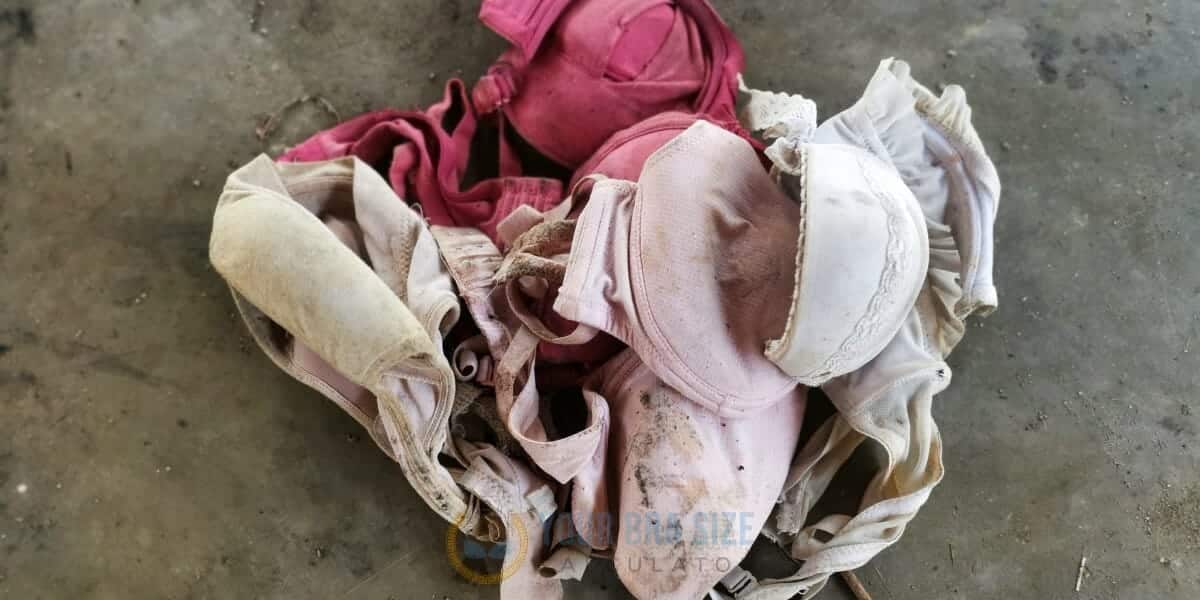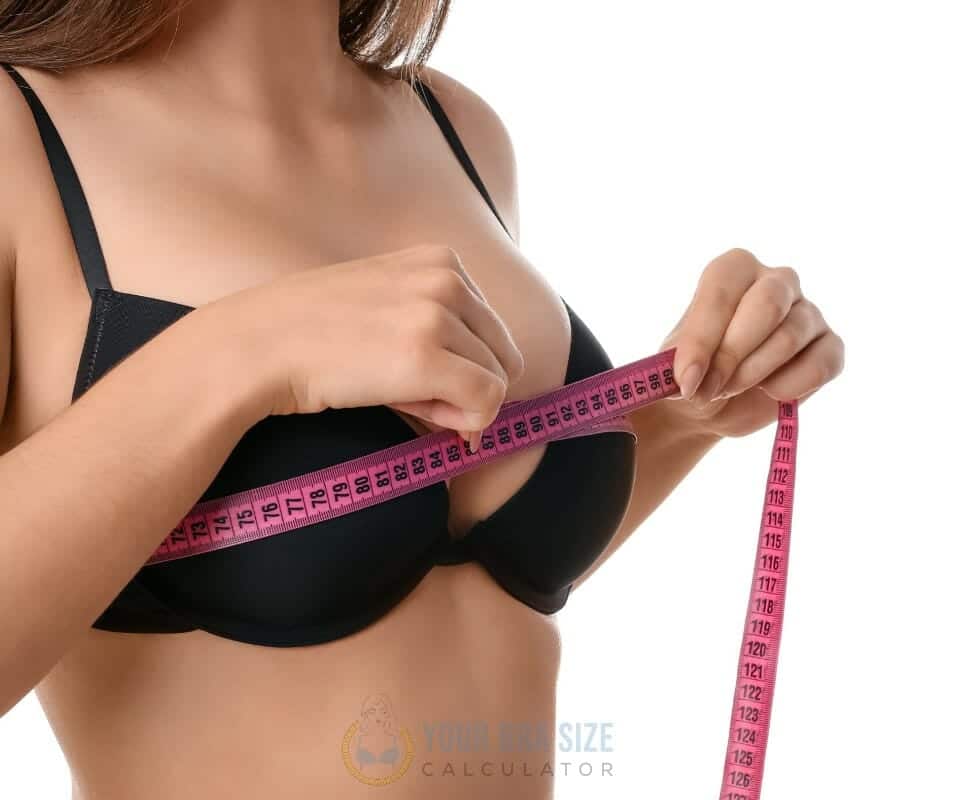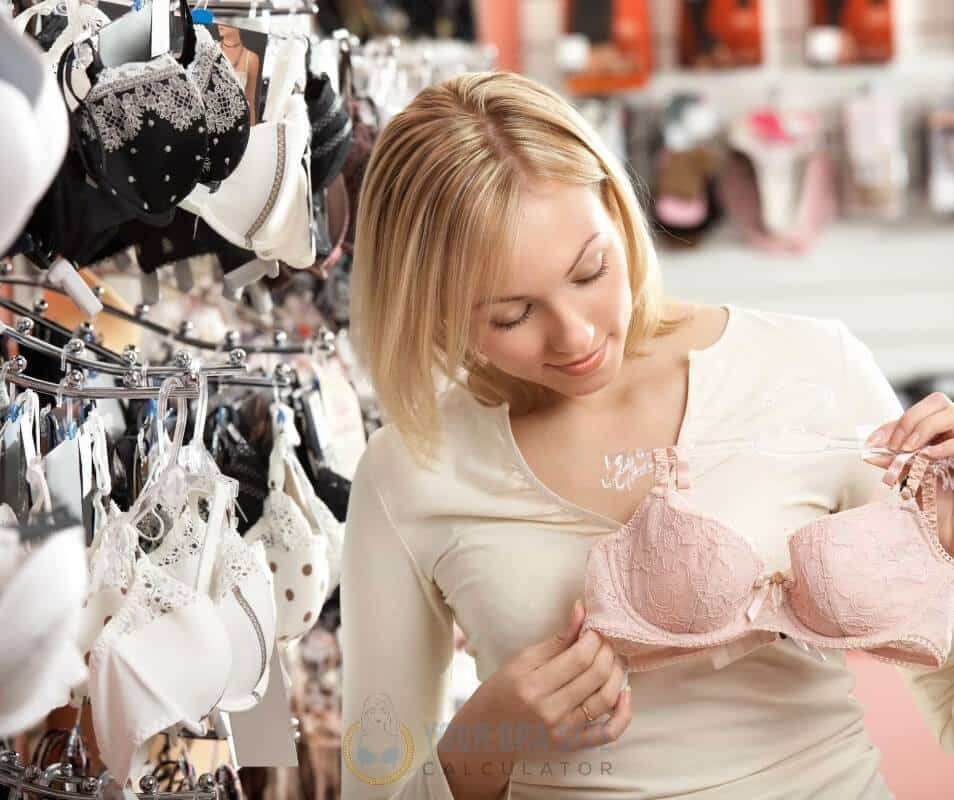When it comes to caring for our bodies, there is no more important area than the health and welfare of our breasts. The choice of bra style can significantly impact breast health, and many women are unaware of this fact. From compression bras that help reduce back pain to wireless designs that provide comfort and support, understanding the different types of bras and how they affect your body can make all the difference in keeping your ladies healthy and happy. In this article, we explore the various impacts of different bras on breast health so you can choose the right one.
Have you ever felt your shoulders ache after wearing an underwire or structured bra? Or you may have noticed red marks caused by too-tight straps digging into your skin. It’s time to examine what type of bra you’re wearing closely. Such issues could be signs that your current bra isn’t providing adequate support or comfort – both essential in ensuring long-term breast health. But knowing which style to pick from a sea of options isn’t always easy; luckily, with some research about each option, finding the perfect fit doesn’t have to feel like a chore.
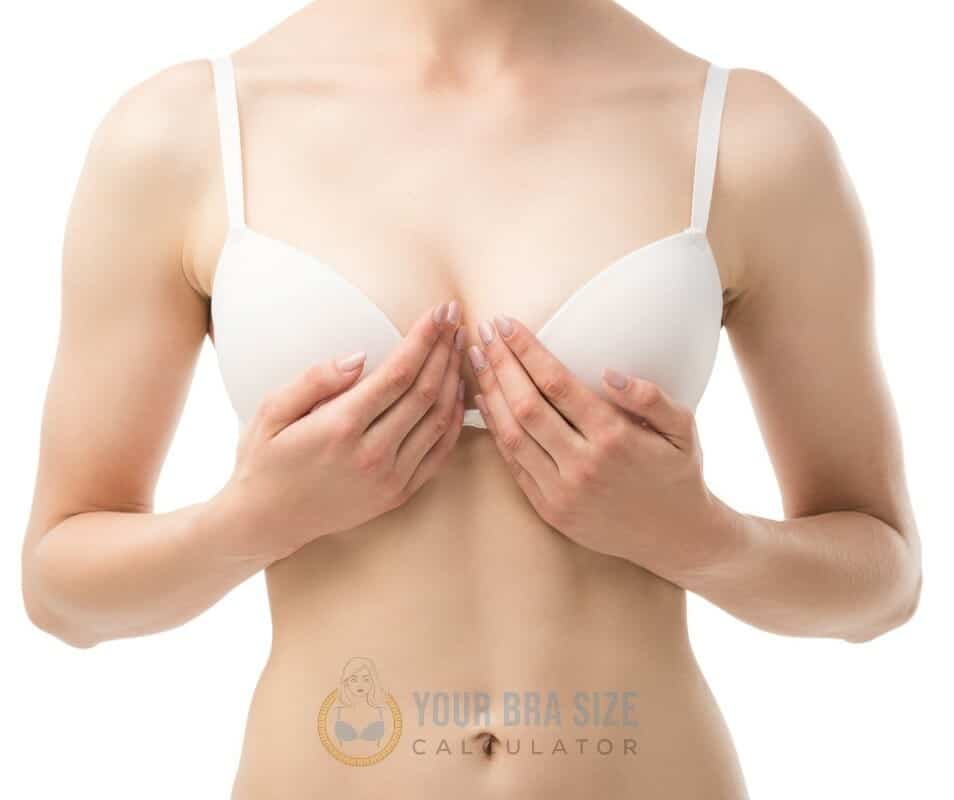
From full-coverage sports bras designed for higher-intensity activities like running and weightlifting to lacy bralettes made for everyday wear, every woman has their preferences when choosing lingerie. However, we must understand exactly what kind of support these items offer and any potential drawbacks before deciding what works best for us. So, let’s dive deep into each style available today and discover how they affect our overall breast health!
Types Of Bras
Various bra styles are available to suit different preferences and needs. Strapless bras provide coverage without the support of straps, while sports bras give extra protection during physical activity. Balconette bras have wide-set straps that create an attractive neckline, plunge bras feature lower necklines for more revealing tops, and push-up bras typically contain padding for added lift. No matter what type of bra is chosen, it’s essential to determine if its supportive features are adequate for breast health. Moving on from types of bras, let’s explore how supportive features protect breasts.
Supportive Features
Regarding bras, the most supportive features are essential for good breast health. Seamless construction helps to reduce friction that can cause chafing and discomfort. At the same time, wide straps offer better support with less shoulder pressure. Breathable material is also essential as it prevents moisture buildup, which can lead to rashes and infection. An adjustable band is critical in providing a proper fit since too-tight bands can restrict circulation or allow movement of the breasts when exercising. Lastly, cup coverage ensures that all parts of the breast remain secure.
Choosing a bra with these supportive features will help maintain comfort and breast health. It’s essential to be aware of unsupportive features like underwires or padding that could create issues like painful digging into the skin or trapping sweat.
Unsupportive Features
A woman’s bra choice can directly affect her breast health. Women who frequently wear bras lacking supportive features, such as strapless varieties or those with inadequate underwire support, risk causing damage to their breasts over time. One study found that women wearing constrictive bras for more than 12 hours per day had an increased chance of developing fibrocystic breast changes.
Without proper support, the ligaments and tissue in the chest are forced to take on the burden of supporting the weight of the breasts. This task can lead to sagging and discomfort. Additionally, many non-supportive bras are made from synthetic materials like polyester and nylon rather than natural fibers like cotton, which allow airflow and prevent irritation.
The effects of these unsupportive styles are not just physical; they can also be mental. Many women feel self-conscious when wearing ill-fitting or unflattering clothing, including bras without adequate support structures. That embarrassment may even carry into other aspects of life, leading to decreased confidence and social awkwardness.
Selecting an appropriate bra is essential for maintaining both physical and emotional well-being.
Benefits Of Wearing Appropriate Bras
The benefits of wearing an appropriate bra far outweigh any potential cons. Wearing a properly fitting and supportive bra can help reduce discomfort, improve posture, and maintain breast health. Here are four key benefits to consider when selecting the right style of bra:
- Bra Fit – Properly fitted bras consider both cup and band sizes for maximum support. The right fit should be snug but not too tight, preventing the breasts from bouncing or sagging over time.
- Breast Support – Appropriate bras provide comfort while supporting your breasts throughout the day. This helps prevent back pain associated with bad posture caused by unsupported breasts.
- Posture Improvement – Having adequate support on your chest area alleviates strain on other body parts like the shoulders, neck, and lower back, making it easier to have better posture.
- Health Complications – Poor bra fit leads to issues such as skin irritation and inflammation in the breast tissue due to the lack of proper ventilation that comes with inadequate coverage. Not only is this uncomfortable, but it also increases the risk for more severe health complications, such as cysts or mastitis, if left unchecked. It’s essential to invest in quality bras that will last longer than cheaper models made from inferior materials; poor fabric choice can cause chafing and further exacerbate existing health concerns related to poor bra fit. These measures will pay off in the long run by ensuring optimum breast health for years!
Health Complications From Poor Bra Fit
Poor bra fit can significantly impact breast health and lead to various health complications. Women who wear too loose bras or don’t provide enough support run the risk of developing shoulder, neck, and back pain due to strained muscles in these areas. Wearing for extended periods could also cause skin irritation and rashes underneath the breasts because of trapped moisture from sweat buildup. In addition, not wearing a supportive bra could contribute to sagging or drooping breasts over time, as gravity takes its toll without any extra reinforcement.
Choosing the appropriate bra style for their needs can easily avoid these issues. Supportive bras with adjustable straps are recommended for women with larger busts since they offer more coverage and cushioning than other options like strapless or bralettes. Wearing a well-fitted bra daily will go a long way in ensuring good breast health and avoiding potential medical problems.
Women must prioritize selecting comfortable, properly fitting bras that provide adequate support when considering different styles and designs. Doing this will help them maintain optimal breast health while still looking fashionable at the same time!
Frequently Asked Questions
What Is The Best Way To Measure For A Properly Fitting Bra?
Measuring for a properly fitting bra can be a tricky process. But with the proper knowledge and tools, finding your perfect fit can be simple and manageable. There are several vital tips and techniques that you should consider when measuring for a bra, such as using a bra measuring guide, utilizing bra size calculators, understanding proper bra fitting guidelines, and following general bra-fitting advice.
An excellent place to start is by consulting an expert such as a professional fitter or even researching online resources like bra measuring guides and sizing charts. These will provide helpful information on measuring yourself accurately to find your best size. Additionally, some stores may offer complimentary fittings where they can help assess which sizes would work best for you based on your body type.
In addition to traditional measurement methods like tape measures and calculating cup sizes, modern techniques are available, such as using helpful online tools like bra size calculators or other digital platforms explicitly designed to help women find their correct size. These services make determining what kind of bras will fit adequately without leaving the house easier. As well as providing detailed instructions about measuring correctly, these sites often include helpful videos and diagrams outlining exactly what measurements need to be taken for an accurate result.
Overall, it’s essential to consider all factors when determining the right size for any garment – including bras! With the wide range of options now available offline and online, finding your perfect fit has always been challenging, thanks to comprehensive guides, calculator tools, and expert assistance from professionals in this area.
How Often Should I Replace My Bra?
It is essential to understand the frequency of replacing your bra to ensure you take proper care of yourself and your breasts. The lifespan of a bra can vary depending on its quality, how often it is worn, and its overall maintenance. In terms of bra replacement, there are several factors to consider:
- Quality: It’s best to invest in better quality bras as they tend to last longer than cheaper versions due to their durability.
- Usage: If the bra is being worn frequently, it may need to be replaced more often as it will show signs of wear and tear more quickly than if it was only used occasionally.
- Longevity: Bras should typically be replaced every 6-12 months, even if you are not wearing them regularly, as this ensures that any elasticity or stretchiness has not become compromised over time due to age alone.
- Maintenance: Taking good care of your bras by washing them according to instructions and storing them properly will help them last for extended periods before replacing them.
When considering these factors, one should also consider their body shape and size since some people might require different sizes/styles at various times throughout their lives, which could affect the longevity of their bras. Additionally, understanding the impact of certain kinds on breast health could further inform decisions around when a new style may be necessary to maximize comfort and support while minimizing potential damage from ill-fitting garments. Everyone’s needs will differ based on personal preferences, so finding what works best for each individual is vital!
Is There A Difference In Breast Health Between Wearing An Underwire Bra Or A Wireless Bra?
When it comes to bras, there are many different types available, and two of the most popular options are underwire bras and wireless bras. But what is the difference between these two types regarding breast health? Understanding the differences between an underwire bra and a wireless bra can help you decide which is correct.
Underwire bras are structured with a thin strip of metal or plastic that provides support by running along the underneath part of the cups. This design helps keep your breasts in place while giving shape, lift, and extra support. On the other hand, wireless bras provide more comfort but may lack structure and proper fit. They often have flexible bands on the sides that don’t offer much shaping or support compared to an underwire bra.
So, how do the two styles impact breast health in comparison? To ensure optimal breast health, it’s essential to ensure both kinds of bras fit correctly. A fitted underwire bra should be snug enough to hold your breasts up without being too tight not to cause discomfort or pain. Wireless bras should also be done correctly; they should feel comfortable but provide enough coverage and support for your needs. Here’s a helpful checklist:
- Make sure straps aren’t digging into shoulders
- Check that the band isn’t riding up at the back
- Ensure the cup size fits without spilling over the top or sides
- Avoid wires pressing against the ribcage
It’s clear from this list that finding a fitting bra – whether wire-free or wired – is essential for maintaining good breast health. An ill-fitting bra can strain your skin tissue unnecessarily, causing sagging, redness, and irritation due to constant rubbing – all factors that could potentially lead to long-term harm if ignored for extended periods. Ultimately, understanding what style works best for you will give you peace of mind, knowing your breasts are getting adequate protection no matter what bra you wear!
What Is The Best Type Of Bra To Wear During Exercise?
When it comes to exercise, the type of bra we wear can make a huge difference. Choosing the right sports bra for our fitness routine is essential for optimal breast health and comfort during physical activity. From running bras to sports bras with a better fit, many options offer the necessary support your breasts need when exercising.
Finding the best exercise bra starts by understanding the impact different types of bras have on overall breast health. Sports bras provide more coverage than traditional underwire or wireless bras, offering increased support and breathability. They come in various styles, such as racerback, cross-strapback, and adjustable straps, depending on personal preference and desired activity level. A sports bra should fit snugly yet comfortably against the chest without bulging at the band or cups.
Once you’ve decided which sports bra fits best, check if it provides enough support while exercising. Look for moisture-wicking fabric, reinforced clasps and adjusters, wide shoulder straps, and double-layer cups for extra security and protection from bouncing movements such as running or jumping jacks. With these critical elements in mind, you’ll be able to find an exercise bra that not only offers greater freedom of movement but also promotes healthy breast tissue over time when worn correctly during physical activities.
Exercising with the correct type of sportswear is fundamental for maintaining good breast health throughout life – so don’t forget to choose wisely! Finding a properly fitted sports bra will help ensure your breasts remain safe and comfortable during all kinds of exercises – no matter how intense!
Can Wearing An Ill-Fitting Bra Cause Long-Term Damage To My Breasts?
Wearing an ill-fitting bra can cause long-term damage to your breasts, so knowing the risks and how to fit a bra properly is necessary. A properly fitting bra is essential for maintaining breast health, as wearing one that does not fit correctly could lead to discomfort, sagging, or poor circulation of blood supply in the area. Therefore, replacing bras regularly with ones that are the correct size is necessary for preventing any potential breast damage from occurring.
It’s recommended that you replace your bras every six to twelve months, depending on their usage, since fabrics stretch out over time, affecting the overall support they provide. Additionally, when shopping for new bras, always make sure they are fitted by a professional who is experienced in finding the right size and style for you. This ensures you get the most comfortable and supportive experience possible while also helping protect your breasts against any unnecessary strain or damage.
The key takeaways are: ensure you have a properly fitting bra, replace them regularly, and shop around for styles and sizes explicitly tailored towards you, all of which will help keep your breasts healthy in the long run!
Conclusion
The style of bra we choose to wear can have a significant impact on our breast health. When it comes to finding a properly fitting bra, measuring accurately and ensuring that you are investing in quality pieces will make all the difference. Regarding frequency, replacing your bras every six months should be sufficient for most people.
When selecting between an underwire or wireless model, consider personal preference as well as comfort level – both types offer benefits but may not work for everyone’s unique body shape and size. Additionally, when exercising, opt for a sports-specific bra that provides maximum support throughout any physical activity. Lastly, wearing an ill-fitting bra can cause long-term damage if addressed; always select bras with proper fit and sizing!
Ultimately, by understanding how different styles of bras affect our breasts’ well-being, we can make informed decisions about which ones best suit us. Considering this allows us to enjoy enhanced levels of comfort while keeping our chests healthy and happy!

